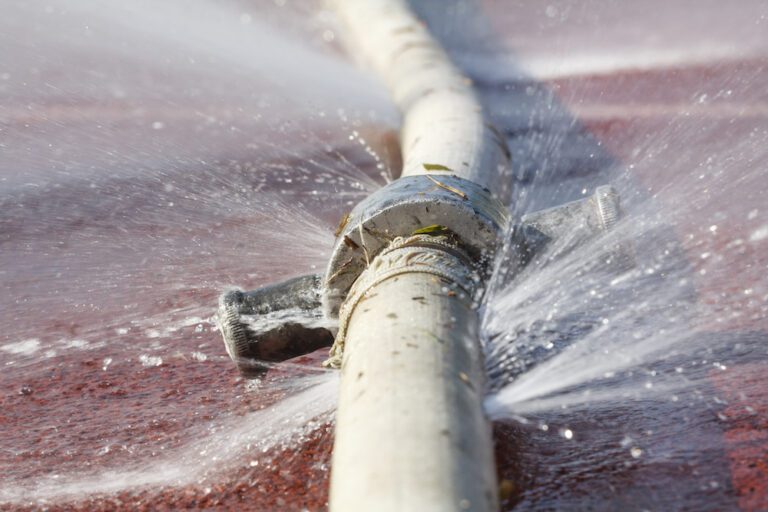
Mind the gap
Understanding How Gap Insurance Covers Your Vehicle
So you’ve just brought yourself a new car or truck. However, if you buy or lease a new car, you may want to consider adding gap insurance to your auto policy. gap insurance covers the difference or gap between what you owe for a car and what will be reimbursed by insurance in the event of a major accident or car damage. However, this insurance may not be necessary for all drivers. Here’s what you should consider when deciding whether or not to purchase a gap policy for your auto insurance.
How You Finance your Vehicle
How much money you put down to purchase your vehicle will be a big factor in determining whether or not you should add gap insurance coverage. Most insurers suggest if you put less than 20% down when purchasing the vehicle, you are more likely to need gap insurance. You may also consider gap insurance if you financed for 60 months or longer.
If you plan to lease a car, many leases require gap insurance coverage so you may want to check with both the dealer and your agent before signing the lease agreement. Some dealerships offer the insurance through their own financing, however, the Insurance Information Institute recommends buying from an insurance agent to get a better yearly rate.
Check Your Coverage
While gap insurance is usually an addition to an existing auto policy, some insurers do offer it in tandem with new car replacement coverage. Since it is meant to be used in addition to collision or comprehensive coverage, with most carriers, the payoff cannot exceed 25% of the actual cash value in the event of a total loss. However, if what you owe is significantly more than the maximum coverage on your policy, then gap insurance is for you.
Since this coverage is mainly needed for new cars, you will need to check with your agent about how to add this insurance before you purchase the new vehicle. gap insurance may only be available with some carriers when adding a brand-new vehicle. The coverage can also be added within the first 30 days after the vehicle is purchased if the insured chooses to purchase the coverage after the initial transaction. When adding a new vehicle to an insurance policy, it’s important to take the time to review the different coverage that the policyholder has. There are so many different car insurance policies, so it’s vital that people take a few minutes to read about what their policy offers.
Type of Vehicle
GAP coverage is more necessary for some vehicles than others. If you purchase a car or truck with a high depreciation, then you may be more in need of this type of coverage. One way to research a car’s long-term value is through Kelley Blue Book, a long valued source for information on all things related to buying and selling vehicles. Here, you can find a wealth of information on the make and model of a car, it’s value, and any safety elements or major points of interest for consumers.
You may already have enough existing coverage if you plan to purchase a car with a reasonable depreciation in value. However, for cars that depreciate quickly or for extended loans, gap insurance may be the best option. If you’re preparing to purchase or lease a new car and you have questions about adding gap insurance coverage to your existing auto policy, give your agent a call. They can help you navigate this decision as you consider a new vehicle. Whatever you decide, have a safe drive.


